What Is SMO? A Complete Beginner’s Guide to Social Media Optimization in 2026
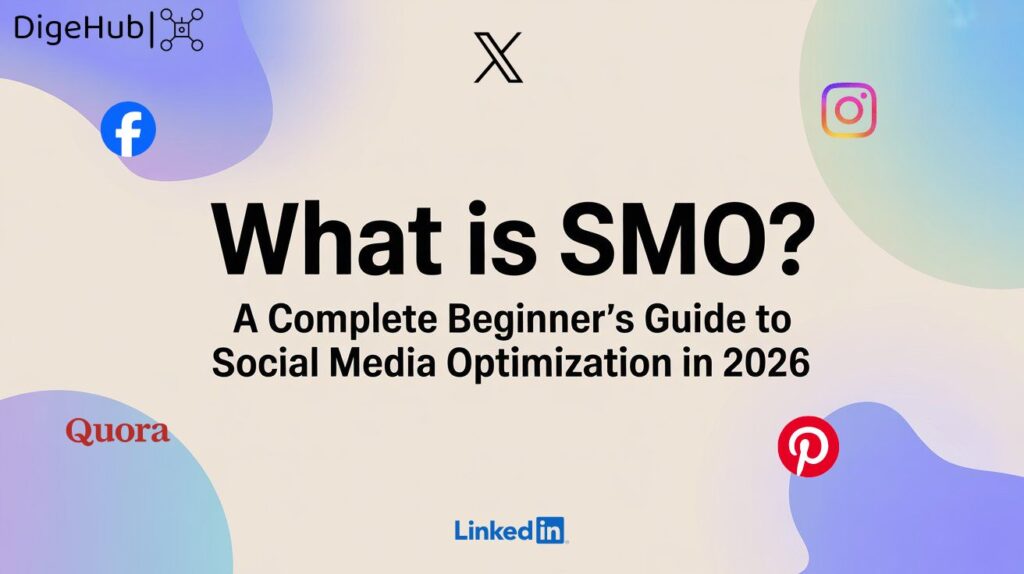
If you’re new to digital marketing and wondering “What is SMO and why does everyone talk about it?”, you’re not alone. Social Media Optimization (SMO) is now one of the most important ways to grow a brand online even more than posting daily or relying only on ads. SMO helps your content reach more people, improves your social media visibility, boosts engagement, and drives organic traffic to your website. In a world where Instagram, TikTok, and LinkedIn act like search engines, understanding SMO is the key to making your brand discoverable and trustworthy.
Today, SMO is not just “posting consistently” it’s about optimizing your profiles, captions, hashtags, and content in a way that social media algorithms actually understand. Platforms like Instagram, TikTok, LinkedIn, and Pinterest now use advanced AI to decide which posts deserve reach. Your posts simply won’t show, no matter how good they are. That’s why mastering SMO for beginners has become essential for businesses, creators, and even small local brands that want stable organic growth.
- What Is SMO? A Complete Beginner’s Guide to Social Media Optimization in 2026
- Why SMO Matters More Than Ever in 2026
- How SMO Actually Works
- SMO vs SEO: What’s the Difference?
- How to Do Social Media Optimization: Step by Step Guide for Beginners
- SMO Ranking Factors You Must Know
- Why Each Platform Is Different
- These factors determine how well you perform on social media:
- Best Free & Paid SMO Tools for Beginners
- SMO Strategies Per Platform
- Common SMO Mistakes Beginners Make
- Benefits of Doing SMO Consistently
- SMO Checklist for Beginners
- Final Thoughts
- FAQs
- Why SMO Matters More Than Ever in 2026
Whether you’re running a business page or building a personal brand, SMO helps you get discovered, get more engagement, and drive targeted traffic to your website or landing pages.
Why SMO Matters More Than Ever in 2026
Social media isn’t just “posting for fun” anymore.
It’s become:
1. A search engine-
A search engine is a tool that helps users find information online by scanning, indexing, and ranking websites. Platforms like Google and Bing show results based on relevance, keywords, and user intent. In SMO and SEO, appearing higher in search engines improves visibility, organic traffic, and brand authority.
2. A marketplace
A marketplace is a digital platform where businesses and customers interact, browse, and buy products or services. Social media platforms now work like marketplaces, letting brands sell directly through shops, product tags, and integrated checkout features. Optimizing your content for these features boosts visibility, conversions, and overall SMO performance.
3. A brand discovery platform
A brand discovery platform is a place where users naturally come across new brands, products, or creators while scrolling. Social media platforms like Instagram, TikTok, and Pinterest help people discover businesses even before they search for them. With strong SMO, your brand becomes easier to find, boosting visibility and awareness.
4. A customer service channel
Social media has become a direct support line for customers. Instead of emailing or calling, people now message brands on Instagram, Facebook, or X to get quick help. With proper SMO, your response time, communication tone, and support flow improve—building trust, solving issues faster, and keeping customers loyal.
5. A trust building machine
Social media is where people decide whether a brand feels real, credible, and worth following. Consistent posting, transparent communication, behind the scenes content, and user reviews all help build trust. With strong SMO, your brand shows reliability and authenticity, making customers feel confident choosing you over competitors.
Today, people search inside Instagram, TikTok, LinkedIn, Pinterest, not just on Google.
If you don’t optimize for SMO, your brand basically becomes invisible on platforms where your audience spends 3–4 hours daily.
This is why businesses are investing in SMO just like they invest in SEO and digital marketing services.
How SMO Actually Works
SMO is about improving:
Your profile
1. Your posts
2. Your captions
3. Your hashtags
4. Your engagement
5. Your consistency
6. Your brand messaging
When all of these are optimized properly, the platform’s algorithm starts trusting your account and pushing your content more.
Your account begins to do three things automatically:
1. Attract more followers
2. Get more reach and engagement
3. Drive traffic to your website or product pages
That’s SMO.
Not complicated.
Just smart optimization.
SMO vs SEO: What’s the Difference?
Most beginners mix these two, so let’s make it very simple.
| Feature | SEO | SMO |
|---|---|---|
| Works On | Google, Bing, Search Engines | Social Media Platforms |
| Goal | Rank website higher | Increase visibility & engagement |
| Traffic Type | Search Intent | Social & interest based |
| Speed | Slow but long term | Fast but needs consistency |
| Tools | Google Search Console, Ahrefs | Hootsuite, Buffer, Later |
Both help your brand grow, and most businesses today use SEO + SMO together, especially those who want a full digital presence.
How to Do Social Media Optimization: Step by Step Guide for Beginners
This is the section that usually ranks on Google’s featured snippets, so read carefully.
Step 1: Optimize Your Profile
Your profile is like your homepage. If this isn’t optimized, nothing else matters.
Checklist:
- Use a clear profile photo (logo for brands)
- Add a keyword rich bio
- Add a proper link
- Use branded highlights
- Add a call to action
Step 2: Optimize Your Content Strategy
Your posts must be relevant to the audience.
Use:
- Educational posts
- Trending content
- Carousel posts
- Reels & short videos
- Infographics
Step 3: Add Keywords to Your Captions
Yes, social media uses keywords now.
Example:
If you run a marketing agency, use terms like
social media marketing, SMO, content strategy, digital branding, etc.
Step 4: Use Hashtags Properly
Avoid dumping 30 random hashtags.
Use:
- 5 niche hashtags
- 3 medium volume
- 2 high volume
- 1 branded hashtag
Step 5: Increase Engagement Rate
Algorithms love engagement.
Improve by:
- Replying to comments
- Posting at peak times
- Using polls
- Using Q&A stories
Step 6: Track & Improve
Use free tools like:
SMO Ranking Factors You Must Know
What Type of Content Works Best.
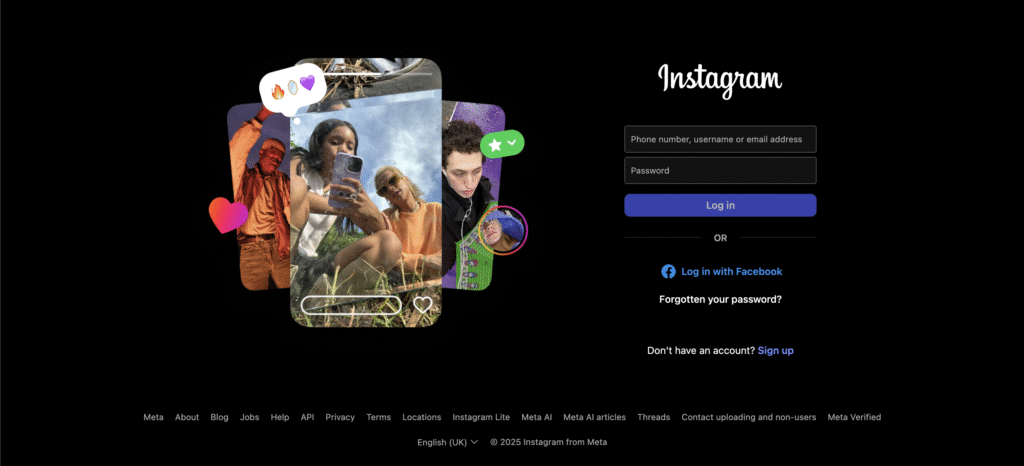
- Best content: Reels, carousels, aesthetic visuals, short tips
- Works for: Fashion, beauty, food, lifestyle, local businesses, coaches
- Audience: 18–35, visual learners
- Why use it: High engagement, best for branding, strong reel reach
TikTok
- Best content: Short entertaining videos, storytelling, behind the scenes
- Works for: Creators, D2C brands, fitness, education, SaaS explainer content
- Audience: 16–35
- Why use it: Fast organic growth, huge viral potential
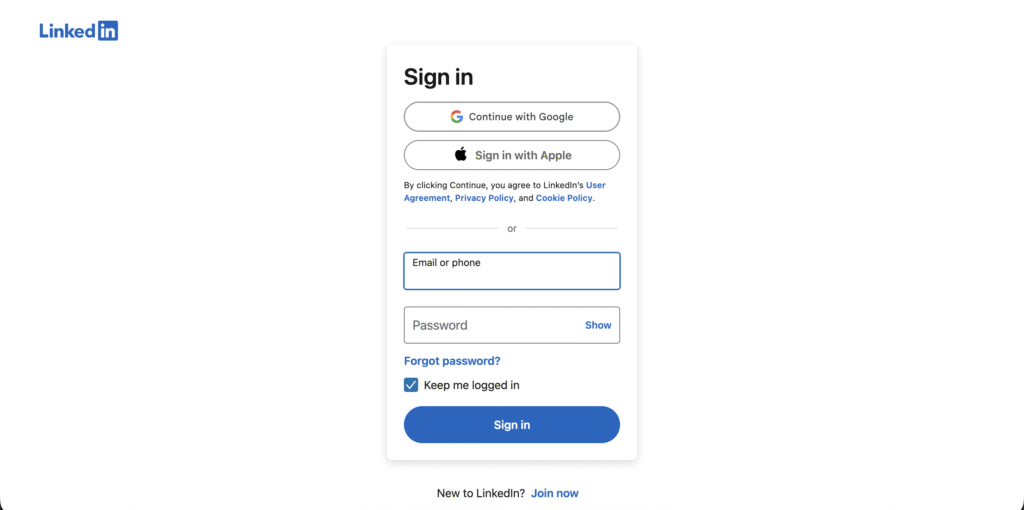
- Best content: Long posts, carousels, case studies, professional advice
- Works for: B2B, SaaS, agencies, founders, freelancers
- Audience: 25–45 professionals
- Why use it: Generates leads, builds authority, trust based growth

- Best content: Long captions, community posts, live streams
- Works for: Local businesses, real estate, education, events
- Audience: 25–50
- Why use it: Largest community groups + strong retargeting
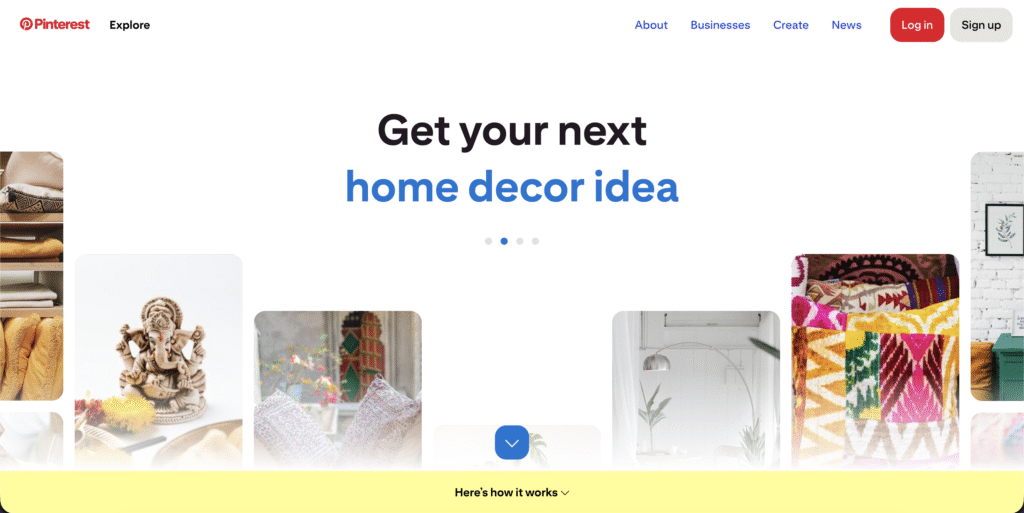
- Best content: Infographics, ideas, home décor, fashion boards
- Works for: E commerce, print on demand, design, DIY, photography
- Audience: 18–45, mostly female
- Why use it: Great for website traffic + evergreen content

- Best content: Real discussions, honest reviews, AMAs
- Works for: Tech, gaming, SaaS, niche communities
- Why use it: High intent audience, trust based, strong communities
Quora
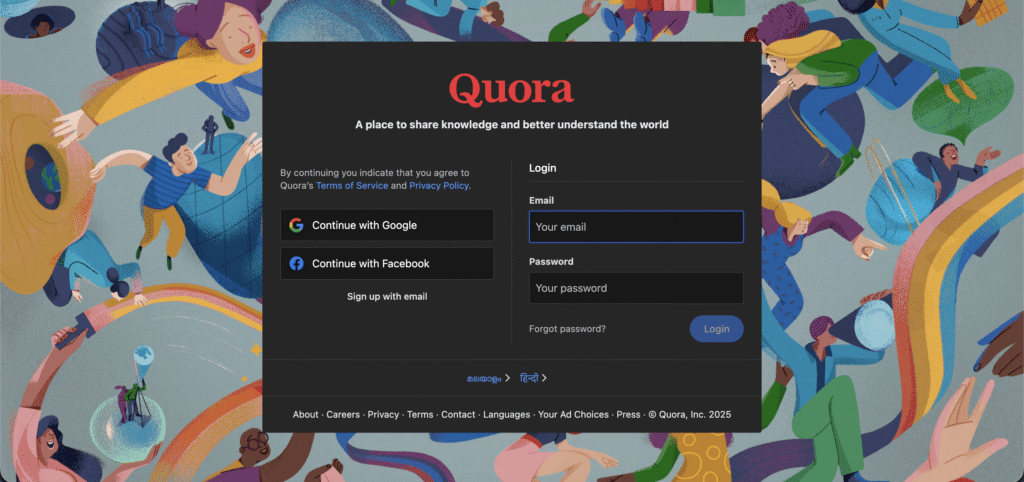
- Best content: Informative answers, expert explanations
- Works for: Coaches, service businesses, SaaS, educational brands
- Why use it: High quality leads, SEO friendly answers
X (Twitter)

- Best content: Short opinions, updates, news, threads
- Works for: Tech, founders, agencies, creators
- Audience: 20–40
- Why use it: Virality + thought leadership
Why Each Platform Is Different
Each social media platform has its own algorithm, audience behavior, and content style.
This is why one piece of content may perform well on Instagram but fail on LinkedIn.
- Instagram rewards visuals + entertainment
- TikTok rewards retention + creativity
- LinkedIn rewards expertise + storytelling
- Facebook rewards community engagement
- Pinterest rewards search based content
- Reddit rewards honest discussions
- Quora rewards long informative answers
- X rewards short opinions + updates
Using the right platform helps you reach the right audience for the right business model.
| Platform | Recommended Ratio |
|---|---|
| 40% educational, 30% engaging (reels), 20% personal, 10% promotional | |
| TikTok | 70% engaging/, 20% educational, 10% promotional |
| 50% educational, 30% storytelling, 20% promotional | |
| 40% community, 40% educational, 20% promotional | |
| 70% inspirational, 20% educational, 10% promotional | |
| 90% discussion/helpful, 10% brand | |
| Quora | 80% educational, 20% soft promotional |
| X | 60% opinions, 30% updates, 10% promotional |
These factors determine how well you perform on social media:
1. Engagement rate
2. Watch time
3. Saves & shares
4. Keywords in caption
5. Post consistency
6 Profile optimization
7. Brand trust level
8. Content relevance
If your SMO is done well, your content reaches 3x–5x more people organically.
Best Free & Paid SMO Tools for Beginners
Free Tools
Meta Business Suite helps you manage Facebook and Instagram in one place. You can schedule posts, track analytics, respond to messages, and manage ads—making it easier to handle social media efficiently and consistently.

TikTok Analytics shows detailed insights about your video performance, audience behavior, and engagement patterns. It helps you understand what content gets the most views, retention, and reach soyou can create better performing videos.
Pinterest Trends helps you discover what topics, keywords, and visuals are currently trending on the platform. It shows seasonal popularity, audience interest, and content ideas so you can create timely, high visibility pins.

Google Trends shows real time and historical search interest for any topic or keyword. It helps you understand what people are searching for, compare keywords, identify trends, and create high demand content at the right time.

Canva (for posts) a beginner friendly design tool that helps you create professional social media posts, carousels, reels covers, and infographics in minutes. It offers templates, brand kits, and drag and drop editing for easy content creation.
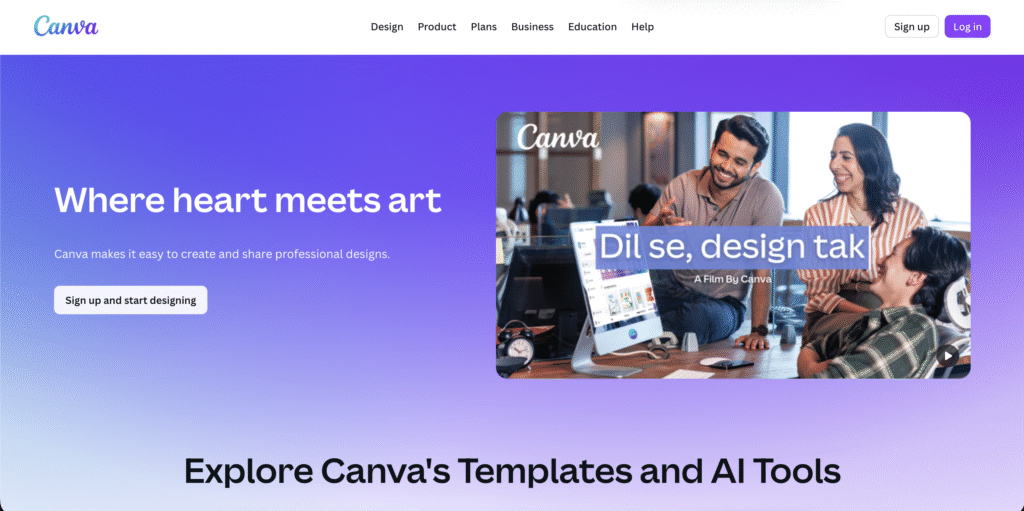
Paid Tools
Hootsuite is a powerful social media management tool that lets you schedule posts, monitor engagement, and track performance across multiple platforms in one dashboard. Ideal for businesses handling multiple accounts efficiently.

Buffer is a simple, clean, and beginner friendly social media scheduling tool that helps you plan posts, analyze performance, and maintain consistent publishing across platforms. Great for creators, startups, and small businesses.
Sprout Social is a premium social media management tool offering advanced analytics, scheduling, engagement tracking, and team collaboration features. Ideal for agencies and businesses needing deep insights and professional level SMO performance.
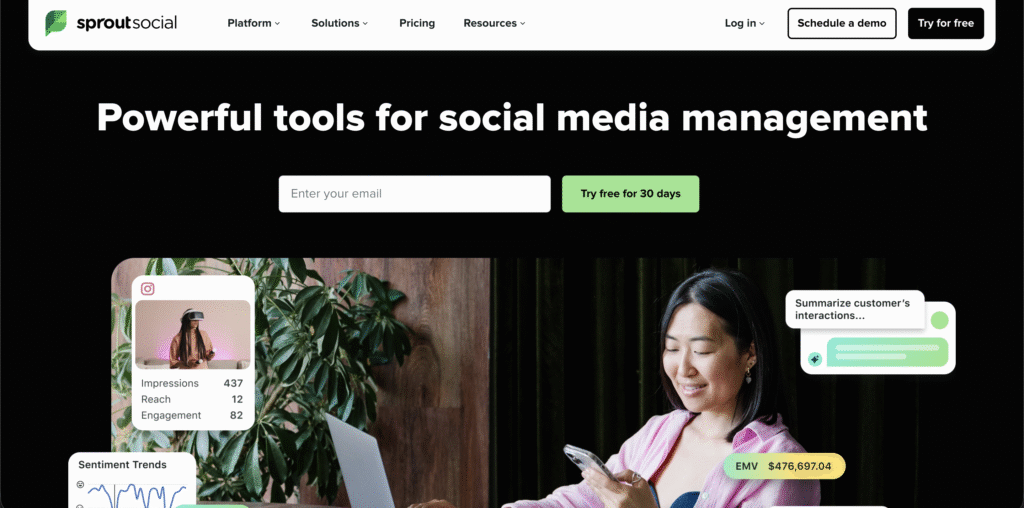
Later is a visual social media scheduler designed for Instagram, TikTok, Pinterest, and LinkedIn. It helps plan posts using a drag and drop calendar, offers hashtag suggestions, analytics, and simplifies content planning for creators and brands.

Agorapulse is a powerful social media management tool offering scheduling, inbox management, team collaboration, and detailed analytics. It helps brands track performance, manage comments, monitor mentions, and stay organized across multiple platforms efficiently.

These tools help schedule, analyze, and optimize your social media content crucial for SMO success.
SMO Strategies Per Platform
Instagram SMO
- Use Reels 3–5 times a week
- Use searchable keywords in captions
- Post carousels for retention
- Mix educational + motivational + promotional content
Facebook SMO
- Use groups to boost organic reach
- Post longer captions
- Use emotional angles
- Go live once a week
LinkedIn SMO
- Use personal storytelling
- Post 3–4 times a week
- Write thought leadership posts
- Optimize job title for search
TikTok SMO
- Use trending audio
- Add keywords in the first 2 seconds
- Keep videos under 9–12 seconds (high retention)
Pinterest SMO
- Use vertical graphics
- Add keyword rich descriptions
- Pin consistently
These strategies help you dominate each platform easily.
Instagram Reels vs TikTok: Which Platform Is Better for Getting Sales in 25-2026
Common SMO Mistakes Beginners Make
- Posting without strategy
- Ignoring comments
- Using too many hashtags
- Copying competitors blindly
- Rare posting
- Low quality designs
- No content pillars
Avoid these and your growth gets WAY faster.
Benefits of Doing SMO Consistently
1. More engagement
Strong SMO helps your posts reach the right audience, increasing likes, comments, shares, and saves naturally. When your content is optimized with the right keywords, formats, and posting times, the algorithm pushes it further, boosting organic engagement without relying on paid ads.
2. Higher brand trust
Consistent SMO makes your brand look active, reliable, and professional. When users see regular high quality posts, quick replies, and valuable content, they naturally trust your brand more. A well optimized profile signals credibility, helping customers feel confident in choosing your products or services over competitors.
3. More followers
Strong SMO helps your content reach the right audience, making it easier for people to discover and follow you. When your posts are optimized with keywords, hashtags, and consistent branding, the algorithm pushes them to more users. This steady visibility naturally turns viewers into followers without needing paid ads.
4. Better website traffic
SMO directs people from your social platforms straight to your website, boosting organic traffic without relying on ads. When your posts include strong CTAs, optimized captions, and useful links, social media becomes a steady traffic source. High quality, consistent content encourages users to click through and explore your services or products.
5. Higher conversions
Effective SMO brings in a warmer audience—people who already trust your brand through consistent, optimized content. When they land on your website, they’re more likely to sign up, make a purchase, or contact you. Strong CTAs, engaging posts, and a clear brand message all work together to increase conversions naturally.
6. Better online visibility
Strong SMO boosts how often and where your brand appears across social platforms. With optimized profiles, keyword rich captions, and consistent posting, algorithms push your content to larger audiences. As engagement grows, your posts start ranking in social search results, giving your brand broader visibility without relying on paid ads.
7. Stronger branding
Consistent SMO helps shape a clear, memorable brand identity across all platforms. When your visuals, tone, and messaging stay aligned, people recognize your brand instantly. Optimized content builds familiarity, trust, and emotional connection, making your audience more likely to choose you over competitors and remember your brand long term.
Read about Paid Ads vs. Organic Growth in 2026: Best Strategy for Local Businesses
For businesses, SMO can bring leads without ads which is why most companies hire professional SMM services like:
SMO Checklist for Beginners
- Optimized profile
- Clear content pillars
- Consistent posting
- Keyword rich captions
- Strong hashtags
- Community engagement
- Story strategy
- Reels + carousels
- Analytics tracking
Final Thoughts
Social Media Optimization (SMO) isn’t complicated it’s all about smart and strategic optimization. If you’re a beginner, start by optimizing your social media profiles, using the right keywords, and staying consistent across platforms.
But if you want faster organic growth, higher engagement, and better reach, professional SMO support can make a big difference.
Looking for a complete, done for-you SMO strategy?
Follow this SMO checklist weekly or let our experts handle everything for you.
We can help you grow organically in 2026 and beyond. Digehub’s SEO services start from $799, Contact us for best SEO/SMO results
FAQs
1. What is SMO in simple words?
SMO means improving your social media content and profile so your posts reach more people and your brand grows organically.
2. Is SMO better than SEO?
Not better — both are important. SMO grows your social visibility, SEO grows your Google visibility.
3. How often should I post for SMO?
3–5 times per week is ideal for most brands.
4. Can SMO bring leads?
Yes, especially if you’re using optimized content, reels, and CTAs.
5. Do small businesses need SMO?
Absolutely. It helps them get visibility faster than SEO.
6. Does SMO really increase followers?
Yes. When your profile, hashtags, captions, and content strategy are optimized, the algorithm pushes your posts to more people — which naturally increases followers over time.
7. Which platforms are best for SMO?
Instagram, TikTok, LinkedIn, Facebook, and Pinterest are the most effective platforms for SMO because they rely heavily on keywords, engagement signals, and content relevance.
8. Do I need paid tools for SMO?
Not at all. Free tools like Meta Insights, TikTok Analytics, and Canva are enough for beginners. Paid tools only help when you’re handling multiple pages or want deeper analytics.
9. How long does SMO take to show results?
Most pages start seeing noticeable improvement in 30–60 days with consistent posting, optimized captions, and engagement. It’s faster than SEO but still needs patience.
10. Can I do SMO myself or do I need an expert?
You can do basic SMO yourself, but if you want faster growth, advanced strategies, or professional content — an expert or agency can speed up results dramatically.


